Nature

Dhaka has ranked third on the list of cities worldwide with the worst air quality with an AQI index of 167 at 8:30 am this morning (October 15, 2023).
Dhaka's air was classified as 'unhealthy', according to the air quality index. Dhaka's AQI score was 159 and 219 on Friday and Saturday respectively, meaning the air was in unhealthy and very unhealthy zones.
When the AQI value for particle pollution is between 101 and 150, air quality is considered 'unhealthy for sensitive groups', between 150 and 200 is 'unhealthy', between 201 and 300 is said to be 'very unhealthy', while a reading of 301+ is considered 'hazardous', posing serious health risks to residents.
India's Delhi, United Arab Emirates' Dubai and China's Shanghai occupied the first, second and fourth spots on the list, with AQI scores of 186, 172 and 164, respectively.
The AQI, an index for reporting daily air quality, informs people how clean or polluted the air of a certain city is and what associated health effects might be a concern for them.
The AQI in Bangladesh is based on five pollutants: particulate matter (PM10 and PM2.5), NO2, CO, SO2, and ozone.
Dhaka has long been grappling with air pollution issues. Its air quality usually turns unhealthy in winter and improves during the monsoon.
As per World Health Organization (WHO), air pollution kills an estimated seven million people worldwide every year, mainly due to increased mortality from stroke, heart disease, chronic obstructive pulmonary disease, lung cancer, and acute respiratory infections.






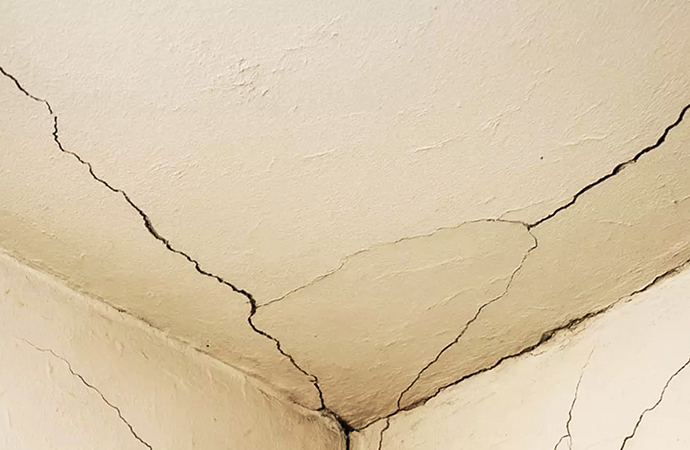
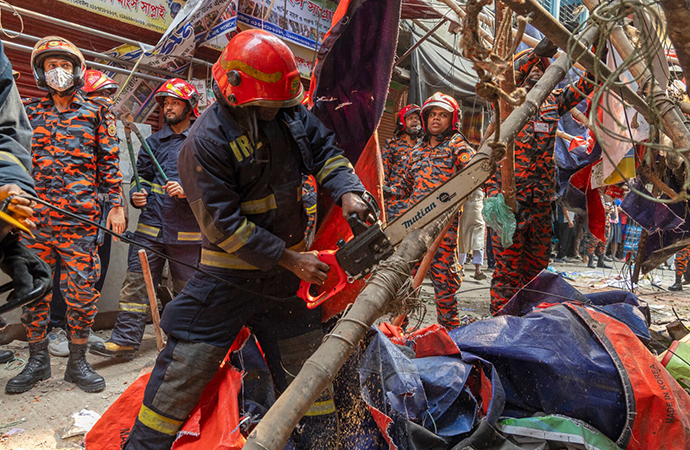
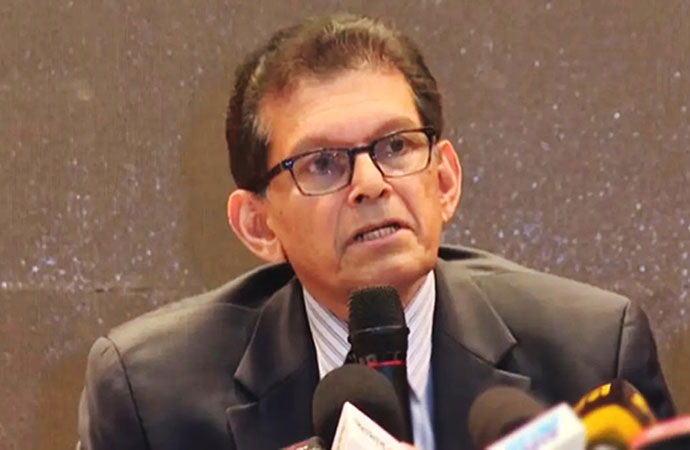
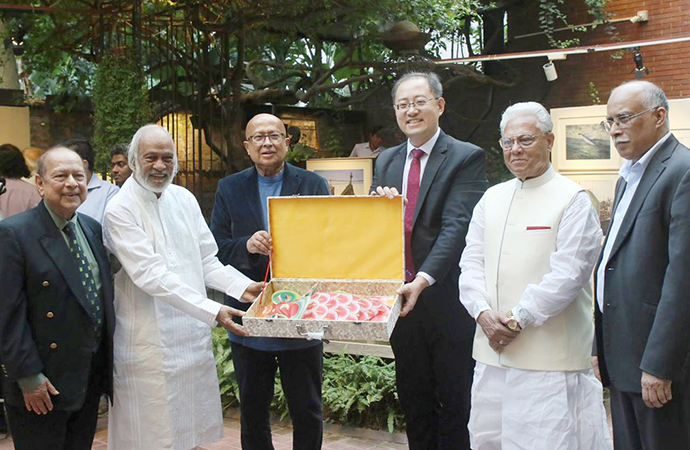


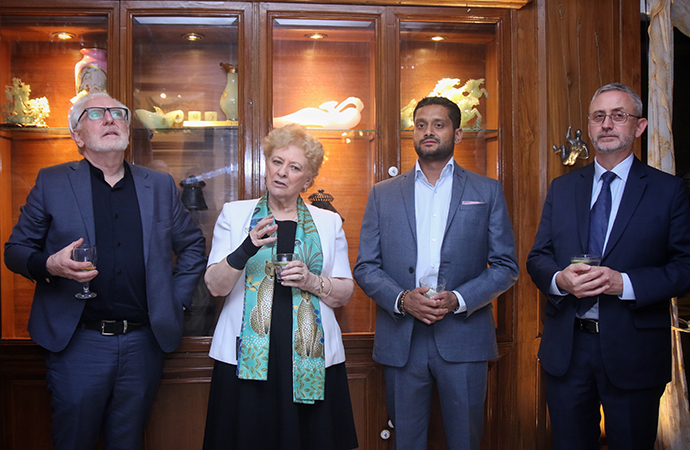



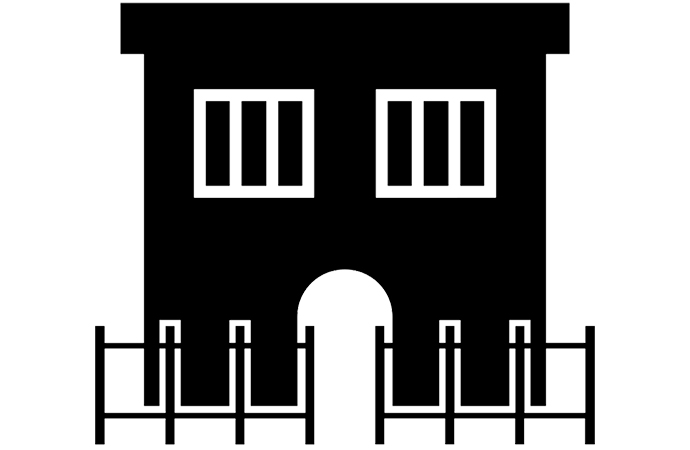

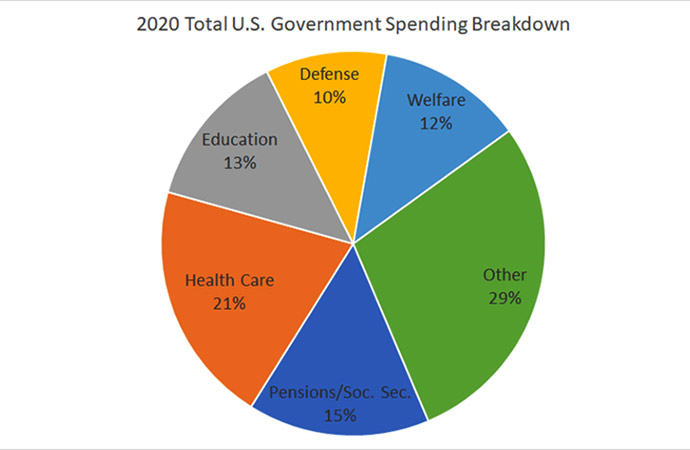

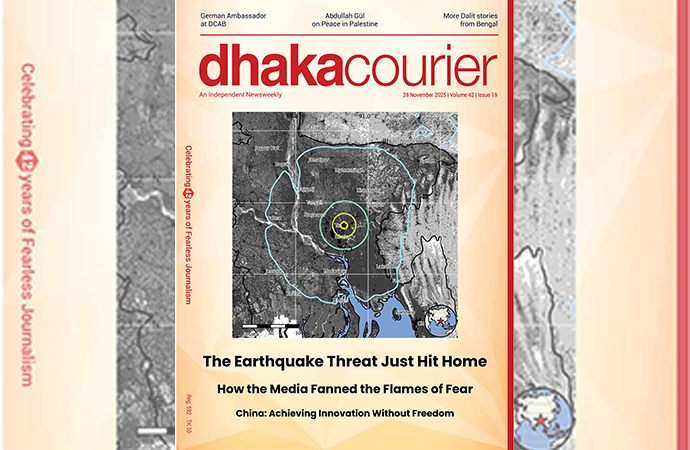
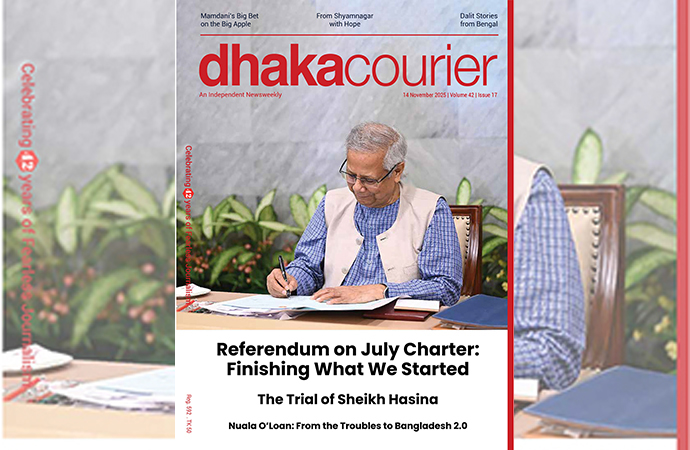
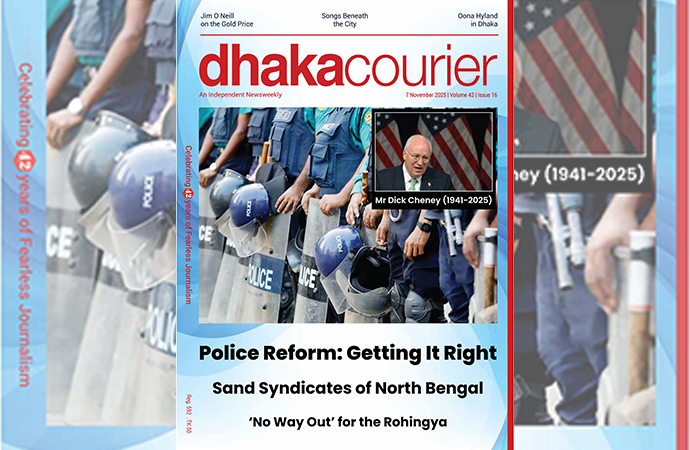
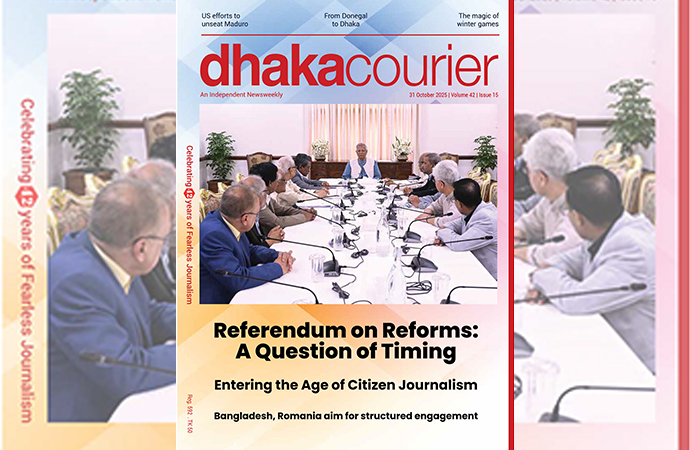
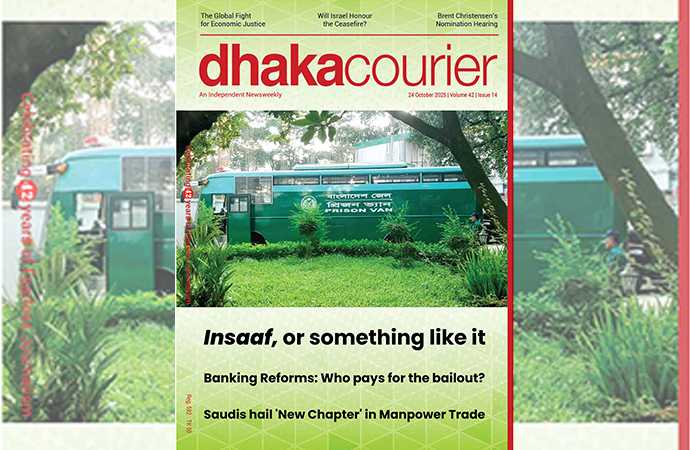
Leave a Comment
Recent Posts
Have we freed the courts?
Years down the line, we may well look back on it as the interim govern ...
Will the proposed Dhaka Centra ...
The sun rises over the capital’s seven historic colleges, castin ...
A treasure-trove of ideas, forms, and colours
More than 156,000 expatriate Bangladeshis residing i ..
Roots in Rome, Heart in the Carpathians
The search for the missing Malaysia Airlines flight ..